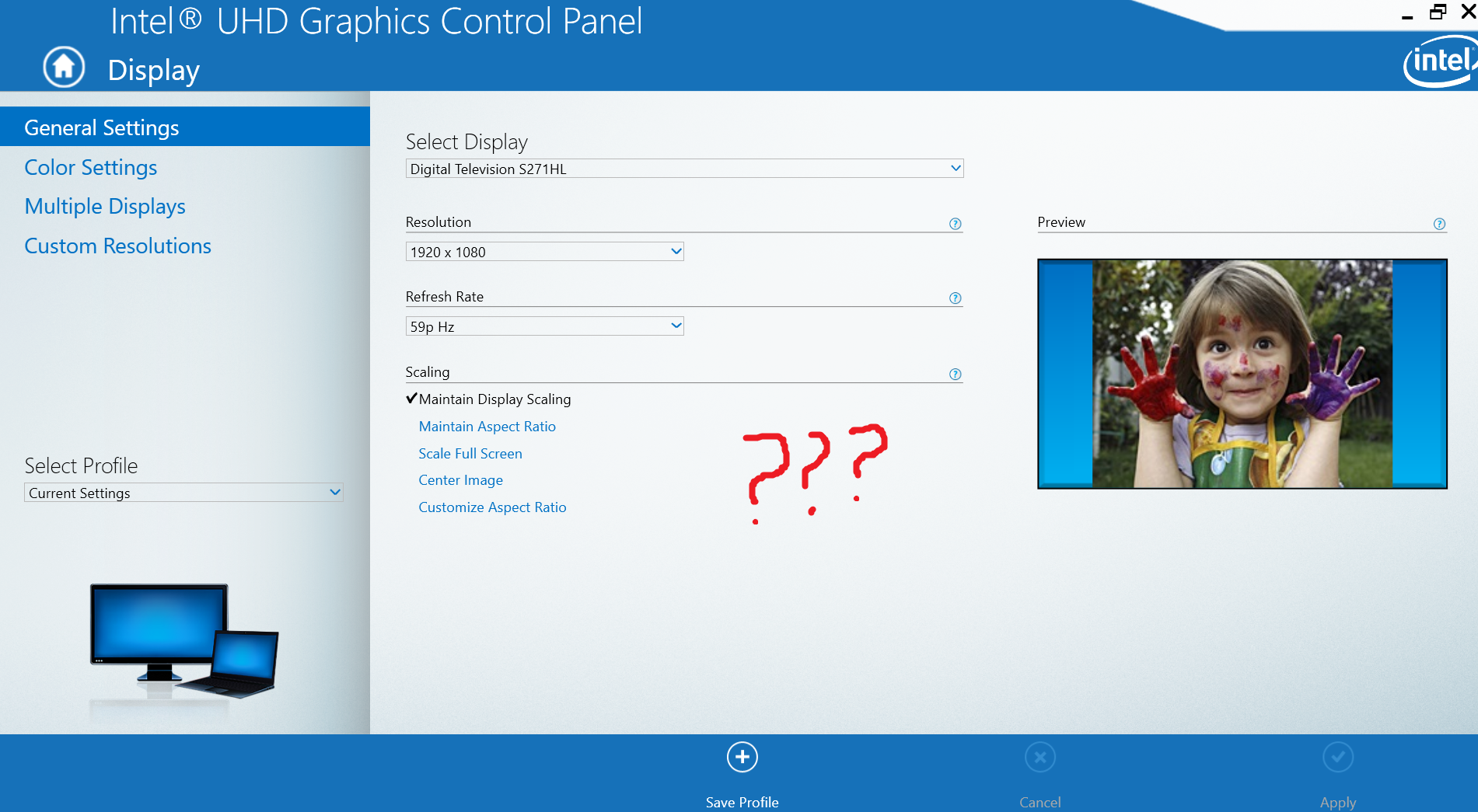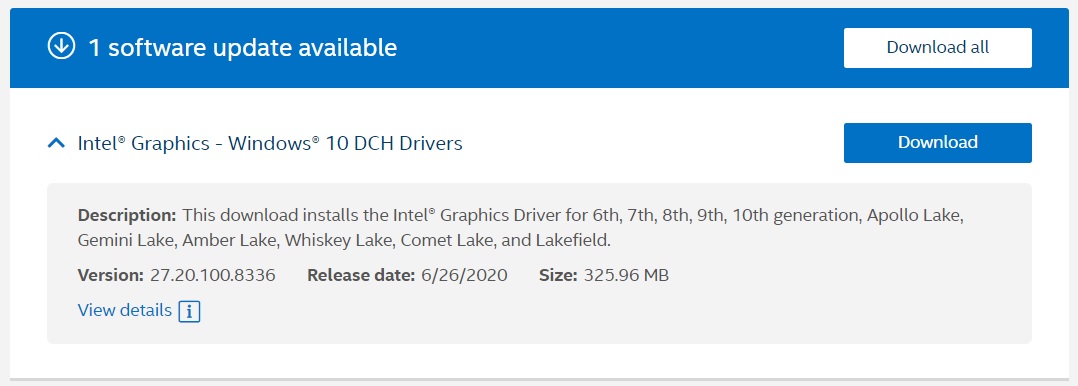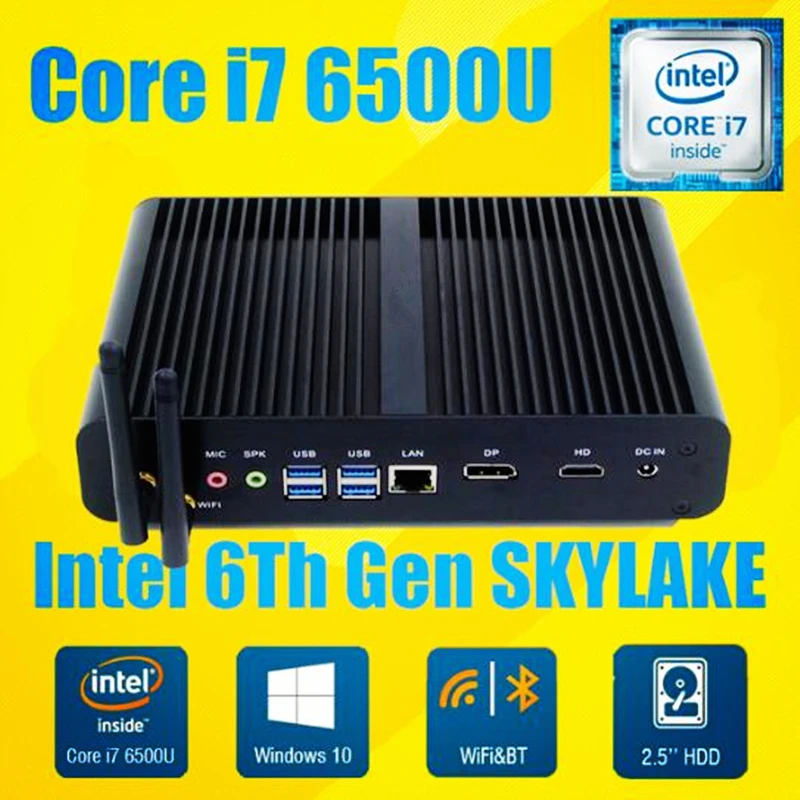

- #Intel graphics driver windows 10 hdmi bug update#
- #Intel graphics driver windows 10 hdmi bug for windows 10#
- #Intel graphics driver windows 10 hdmi bug Pc#
- #Intel graphics driver windows 10 hdmi bug tv#
So, it is recommended to use a driver update which will automatically detect your graphics driver status and update it accordingly. This can bring glitches like HDMI not working. Issues regarding HDMI may also arise if the graphics driver is outdated and not updated for quite a long time.

#Intel graphics driver windows 10 hdmi bug for windows 10#
Method 4: Update Graphics Driver for Windows 10 And then again check if the HDMI Port Not Working in Windows 10 problem is resolved or not.
#Intel graphics driver windows 10 hdmi bug tv#
You could reset your TV to factory settings using the ‘Menu’ key of your remote. As soon as you execute the factory reset, all settings will revert to factory default. There is an option to reset factory setting in your TV to get rid of HDMI port issue or any such problem in machines running Windows 10. Method 3: Reset Your Television to Factory Settings For this, you have to follow the steps mentioned below –ġ.Press Windows Key + I to open Settings then click on Update & Security icon.Ģ.From the left-hand menu make sure to select Troubleshoot.ģ.Now under “Find and fix other problems” section, click on “ Hardware and Devices“.Ĥ.Next, click on Run the troubleshooter and follow on-screen instructions to fix HDMI Port Not Working in Windows 10. Run the troubleshooter of Windows 10: In general, the Windows 10 built-in troubleshooter will search for any problem related to HDMI ports and will automatically fix it. Method 2: Run Hardware and Devices Troubleshooter
#Intel graphics driver windows 10 hdmi bug Pc#
Now take the HDMI cable to your PC for connecting. Then, plug back the TV in the power source and switch it o. For 10 minutes keep unplugging the power cable from TV. Try disconnecting all your HDMI cables from their respective inputs. There are different ways to fix the HDMI connection problems, some of the techniques are explained below – Method 1: Check Your HDMI Cable Connectionsįor Windows 10, unplug the power cable and then plug it back: If there is a case for Windows 10 users when all the HDMI ports stopped working, you can fix this HDMI port not working problem by first unplugging the power cable and then plug in it again. Make sure to create a restore point just in case something goes wrong.

This often leads to when you cannot see anything on your TV screen.
%20HD%20Graphics%20530.jpg)
In case the ‘handshake’ didn’t work well at any time, the HDCP encryption (embedded within the HDMI signal) becomes unrecognized by one, or more connected components. This feature of recognizing & then communicating is commonly termed as the HDMI handshake. This copy protection typically needs the HDMI connected components to be able to look for as well as communicate with each other. Though, there is another additional HDMI function for implementing ‘copy protection’ (which is also termed as HDCP or HDCP 2.2 for 4K). Basically, the purpose of HDMI is to connect different components together easily through this generic HDMI connector where one cable is meant for both audio and video. Some common issues that users encountered most of the time are receiving no image, the sound coming out of the devices even when the cable is properly connected to the port, etc. Many computer users have reported problems regarding the HDMI port. When there is an issue with the HDMI connection, then you can perform some troubleshooting by yourself to mend things, which will fix the issue in most of the cases. Through these HDMI cables, users can connect various components such as a home theatre setup that includes TVs or projectors, disc players, media streamers, or even cable or satellite boxes. Fix HDMI Port Not Working in Windows 10: HDMI is a standard audio and video cabling interface used to transmit uncompressed video data as well as compressed and uncompressed audio data (digital) from HDMI supported source devices to a compatible computer monitor, televisions, and video projectors.


 0 kommentar(er)
0 kommentar(er)
